The attack on Pointe du Hoc by the US Rangers on D Day is a famous episode in the history of the cross channel invasion. On 6th June 1944 the US 2nd Ranger Battalion stormed 30m (100 ft) high cliffs to capture a German artillery battery which had to be neutralised. The action featured in the 1961 film “The Longest Day” and in many TV documentaries. The mission epitomised the Rangers ‘s ethos, inspired by the British Commandos. Few people are aware that along with the US Rangers some British logistics soldiers played an important and heroic part in the operation and were awarded medals for gallantry.
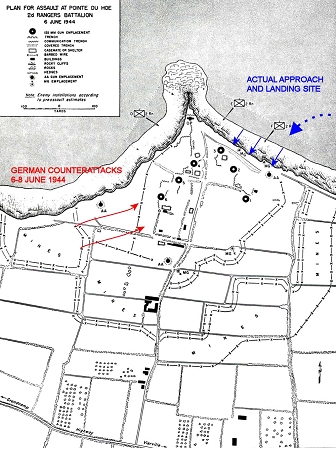 On Pointe du Hoc, the Germans had built, as part of the Atlantic Wall, six reinforced concrete case-mates to house a battery of captured French 155mm guns. Pointe Du Hoc was on a headland situated between Utah Beach to the west and Omaha Beach to the east. These coastal defence guns threatened Allied landings on both beaches, risking heavy casualties in the landing forces. Although there were several bombardments from the air and by naval guns, intelligence reports assumed that the fortifications were too strong, and would also require attack by ground forces. The US 2nd Ranger Battalion was therefore given the task of destroying the strong point early on D-Day.
On Pointe du Hoc, the Germans had built, as part of the Atlantic Wall, six reinforced concrete case-mates to house a battery of captured French 155mm guns. Pointe Du Hoc was on a headland situated between Utah Beach to the west and Omaha Beach to the east. These coastal defence guns threatened Allied landings on both beaches, risking heavy casualties in the landing forces. Although there were several bombardments from the air and by naval guns, intelligence reports assumed that the fortifications were too strong, and would also require attack by ground forces. The US 2nd Ranger Battalion was therefore given the task of destroying the strong point early on D-Day.

Prior to the attack, the guns were moved approximately one mile away; however, the concrete fortifications were intact, and would still present a major threat to the landings if they were occupied by artillery forward observers, which could still direct the fire of the guns.

Assaulting the 100 ft rocky cliffs was expected to be a tough challenge. This was rather similar to the problem facing armies scaling city or castle walls. If the Germans were at all alert they could rain fire down on men climbing rope ladders. The operation was planned to take place shortly before dawn in order to achieve surprise.
The Rangers planned to use a secret weapon to help them climb the 100 ft cliffs quickly; the modern equivalent of a siege tower. DUKW amphibious 2 ½ ton trucks were fitted with the turntables from London Fire engines and machine guns fitted to the top of the ladder. The idea was that the DUKW would land on the small beach below the cliffs, extend the ladders and the Rangers would rush up the ladders, which were easier to climb than ropes or rope ladders. This was tried and practiced on training exercises on the South Coast.
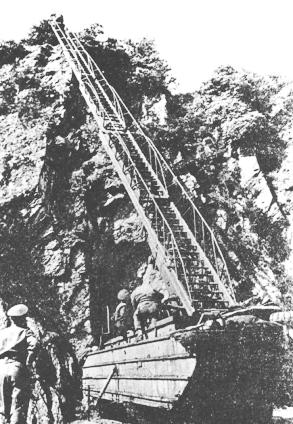
On D Day itself the plan didn’t work out as well. Firstly due to a navigation error, the assault took place later than scheduled. Instead of landing in the dark the convoy travelled for some way along the cliff in full view of the now very alert German defenders.
The landing took place at a higher tide than planned. Secondly, the allied naval and air bombardment had brought down some of the cliff and created a heap of rubble in front of the cliff. It proved impossible to get the extendable ladders in place or a firm footing for the DKUW. One account describes a Ranger manning the machine guns on an oscillating ladder firing at the Germans when the ladder passed through the highest point of each roll.

The Rangers assaulted the cliffs using rope ladders launched up the cliff with rockets. Despite the Germans throwing hand grenades and shooting at them from the cliff edge, the Rangers were successful. They cleared the battery, found and destroyed the guns themselves, which were about a mile inland and started what proved to be a 48 hour battle to fight off German troops counter attacking.

The DUKW drivers were RASC drivers. The fire engine ladders mounted on the cargo bay of the DUKW made them top heavy and harder to control, especially in the heavy seas on D Day. Navigating and operating these amphibious vehicles was a difficult and arduous duty performed with skill. But this isn’t the end of their story.
At least two of the DUKW drivers, Corporal Good and Private Blackmore, scaled the cliffs using the rope ladders and joined the Rangers in the fight as riflemen. When ammunition was running low they went back down the cliffs and recovered machine guns from the DUKWs, which were under fire. They then returned up the cliff and brought the machine guns into action.
Pte Blackmore was wounded in the foot. After receiving first aid, he then returned to the front line and rescued a badly wounded Ranger under machine gun and mortar fire. He then volunteered to carry ammunition to the front line, salvage ammunition from the beach and repair weapons until he was evacuated on 7th June.
Cpl Good remained with the 2nd Rangers until Pointe Du Hoc was relieved by a force arriving by land from Omaha Beach to the East on 8th June. As you can see Pte Blackmore was originally recommended for a DCM, the second highest British Medal for Gallantry, but it was downgraded to an MM.
Colonel Rudder, the Commanding Officer fo the 2nd battalion US Rangers recommended that the actions of these two soldiers should be recognised. Corporal Good was awarded the Military Medal Private Blackmore was recommended the Distinguished Conduct Medal, but was awarded the Military Medal.

For most of the British assault troops on D Day, the fighting on the beach was over within a few hours. These two RASC soldiers fought one of the longest infantry actions undertaken by the RASC in North West Europe. They fought alongside specially selected, commando trained US Rangers in one of the actions which defined the US Ranger ethos. They are the exemplar of soldier first tradesman second and deserve to be role models.
When I first heard about this story I tried to find out what training these men would have received. The US Rangers and the British Army Commandos on which they were based were specially selected raiders expected to undertake physical feats not normally expected of ordinary soldiers, such as for example, such as scaling 100′ cliffs under fire. However, according to Andy Robertshaw, the Curator of the Royal Logistics Corps Museum it is very unlikely that these men would have been given any Commando training. Their bit of the operation was to drive these amphibious trucks, top heavy with the extension ladders through heavy seas.
It is remarkable that these men, specially selected for their qualities as helmsmen and DUKW drivers, after what must have been an arduous and difficult voyage, then chose to join the Rangers in their fight. I cannot find any pictures of these every-man heroes and been unable to trace any relatives or old comrades. The Sustainer magazine, the Journal of the Royal Logistics Corps published this article in their Winter issue Their story deserves to be more widely known.
There are a lot more men like Corporal Good and Blackmore, who served in many different roles, doing their bit. If you are interested in finding out more about other forgotten heroes please contact me and I can help you to find out more and where to visit the places where their did their bit..
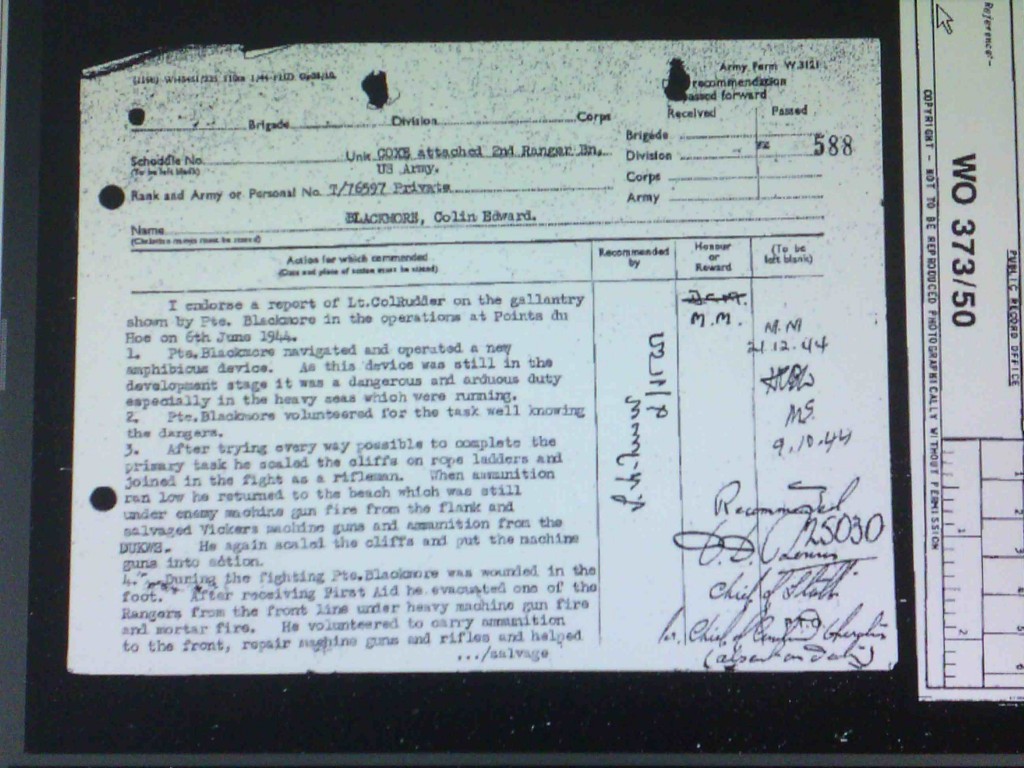
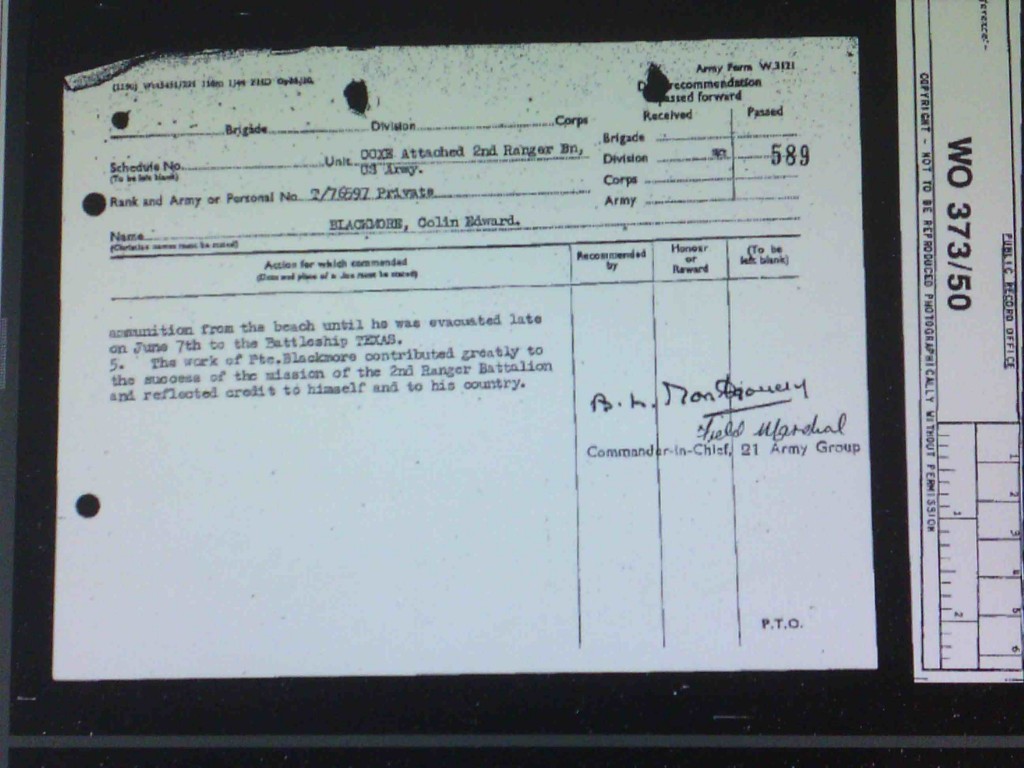
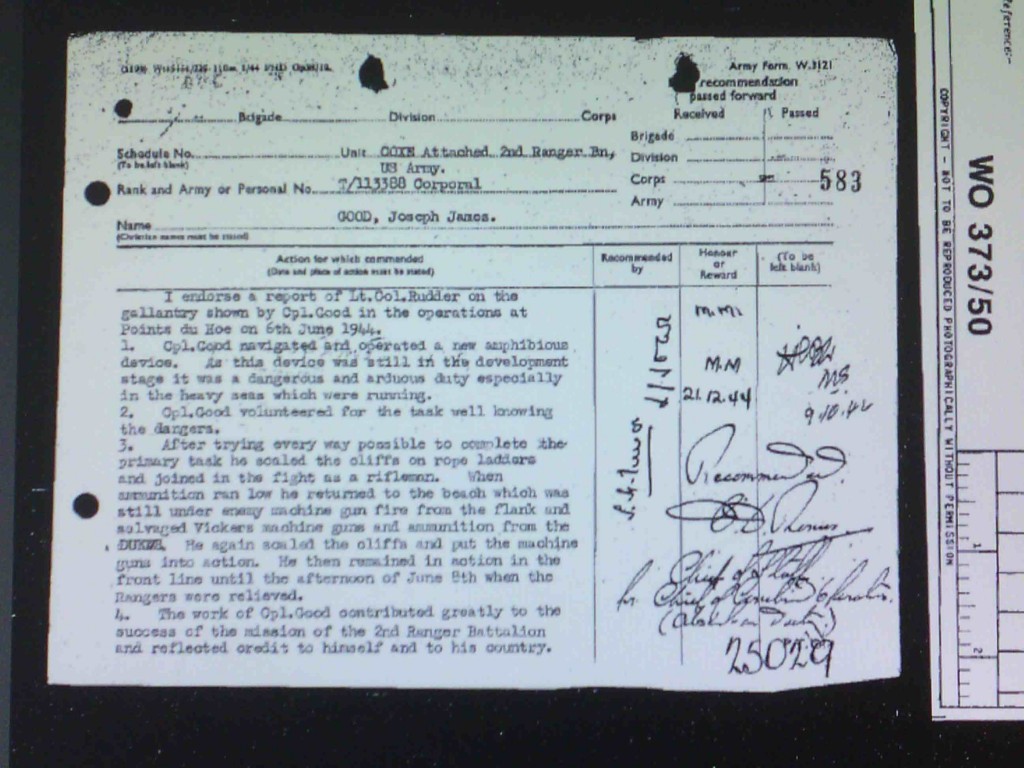
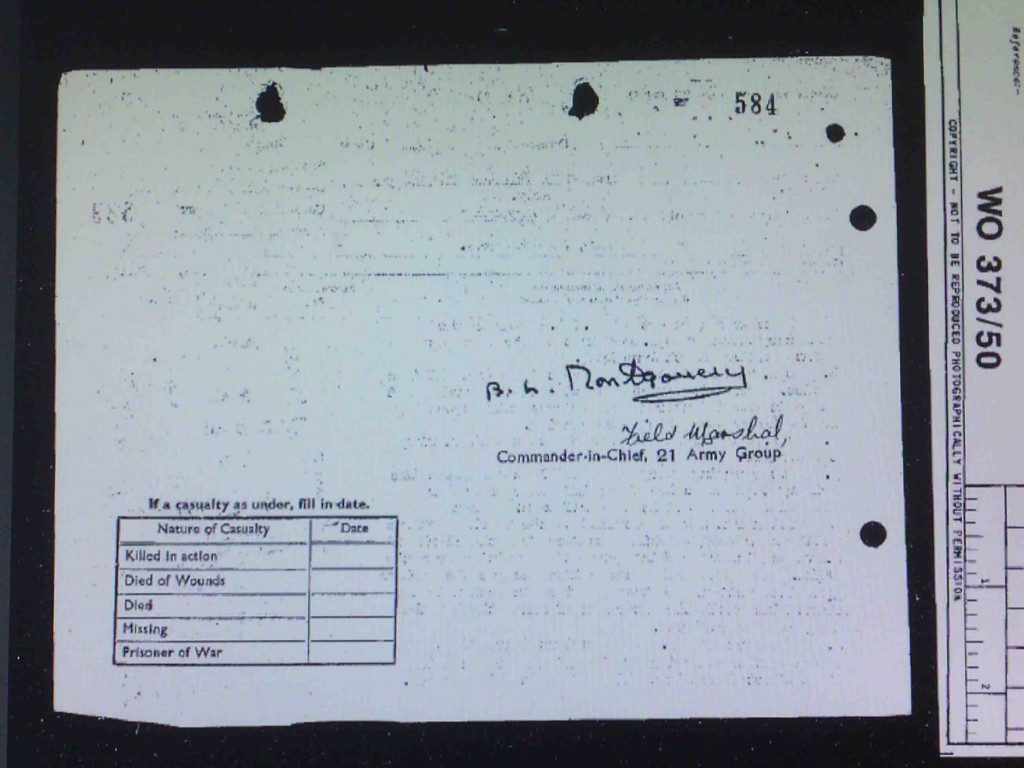

I was very surprised and pleased to see, at last,mention of my father Colin Blackmore and his role in the D Day operations at Pointe Du Hoc.I have made many enquiries over the years,including correspondence with the American Rangers,but to no avail.A chance meeting with a member of The British Legion,by my wife has led me to your article on line.I have some photos and background information.Ould I buy copies of the magazine your article was printed in?
Thank you so much for bringing these exploits to light.
With regards John Blackmore
email daure.jopp@ntlworld.com
Amazing. Have You publisher the background info?.
Thanks
Thank you for highlighting this brace episode in the RASC history.
My late father, Harry was a Dukw driver in Burma with 387 company who were involved in an incident on the Irrawaddy river in February 1945. Many people do not realise that, when called upon to do so, the RASC were used as Infantry and in many other roles. My father was at Kohima, Mandalay and Rangoon. I often think their contribution has been much understood and I thank you for recalling this memorable event.
William Gordon Ingram was also at Points we Hoe. He was Stoked First Class of Landing Craft LCA722. He was awarded the Distinquished Service Medal for bravery under fire whilst bringing in LCA722. He also under fire assisted in saving the life of an American Ranger with the assistance of his Coxswain . The American Ranger had been shot on the beach and Ingram and his Coxswain carried the wounded ranger, who also got shot twice more as they were carrying him across the beach under fire to the landing craft. After years of looking nothing was mentioned of my father’s actions in the Rangers reports. I believe the wounded man may have been J.J. Spillman. His injuries were mentioned but no mention of the English sailors.
There’s a YouTube video about this now. Something like British at pointe Du Hoc. 8 men there as advisors?
Great article:
Do you have a list of each man’s name for the entire UK military personnel assigned to assist the US Army Ranger mission at Point du Hoc?
Thank you.
V/r
JS